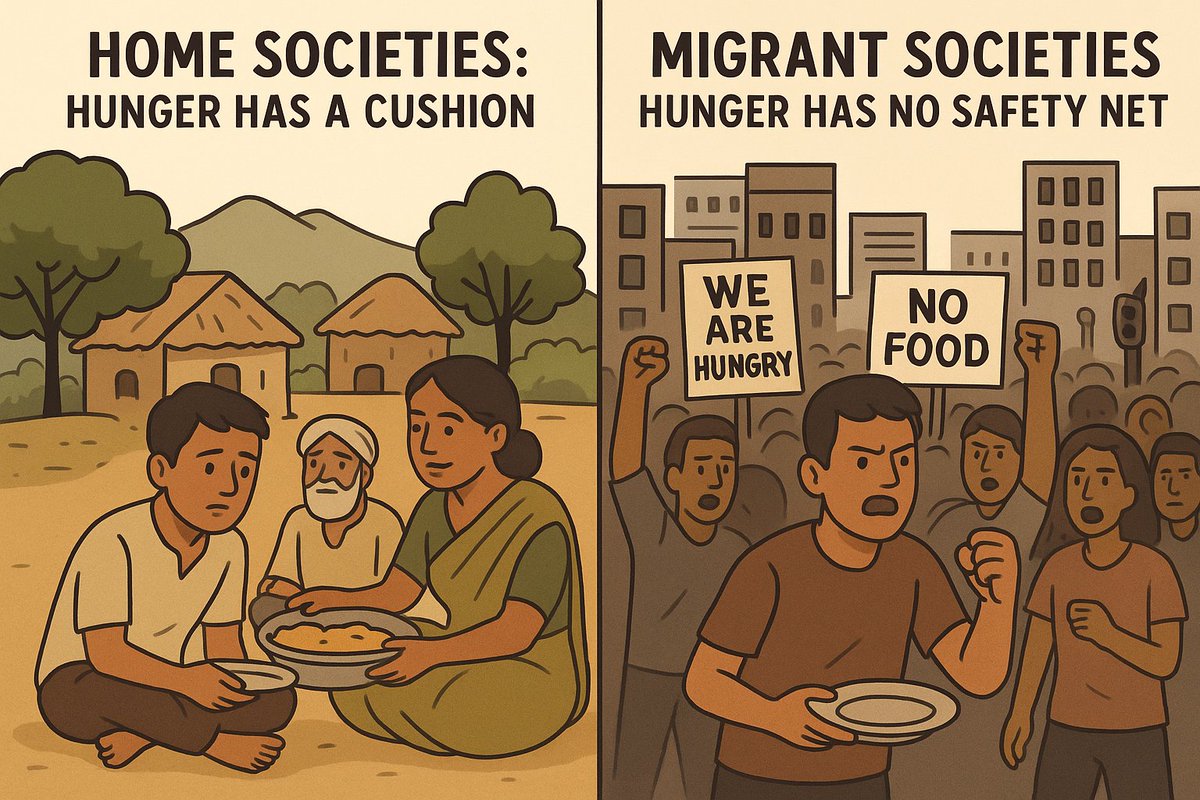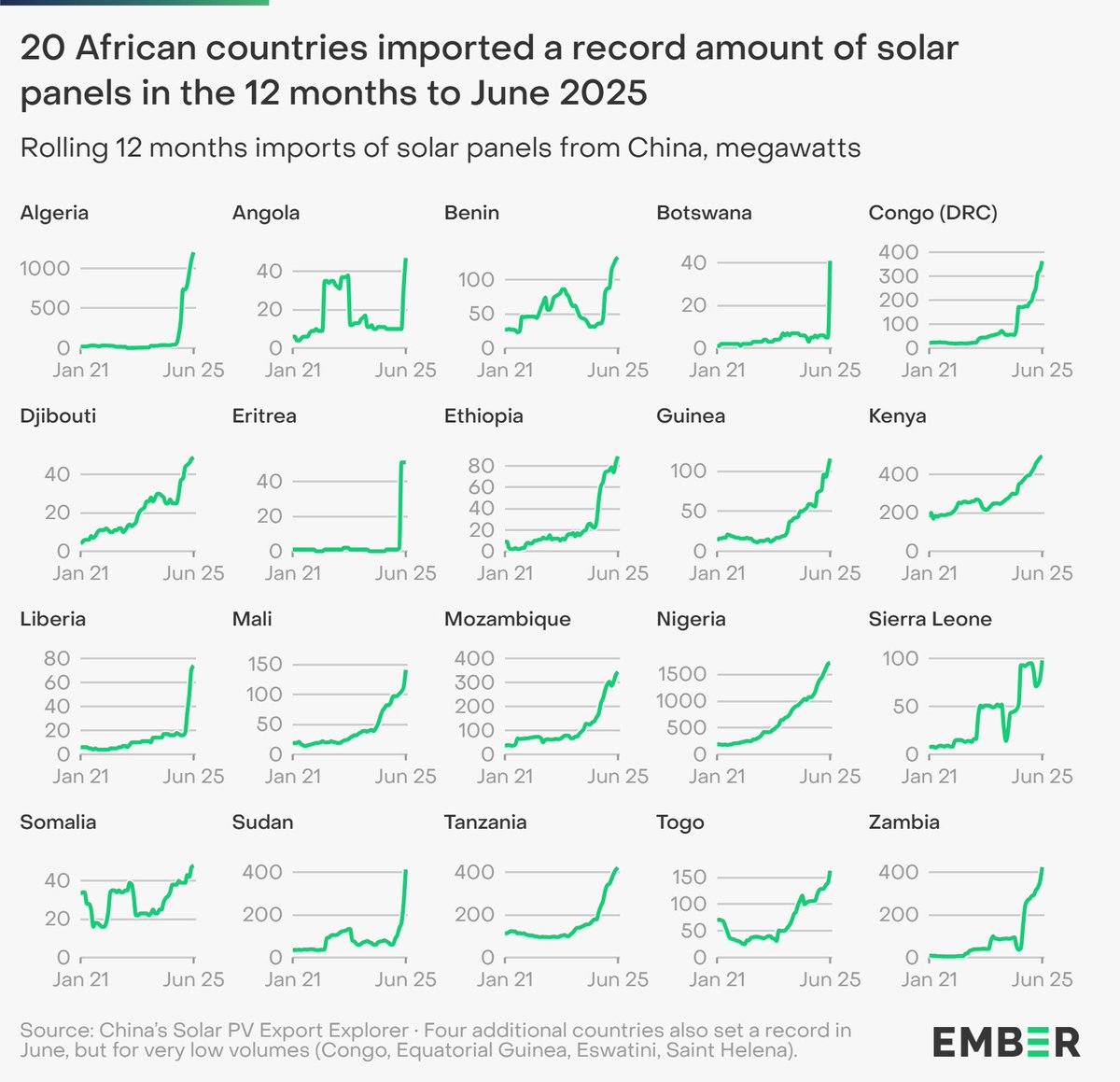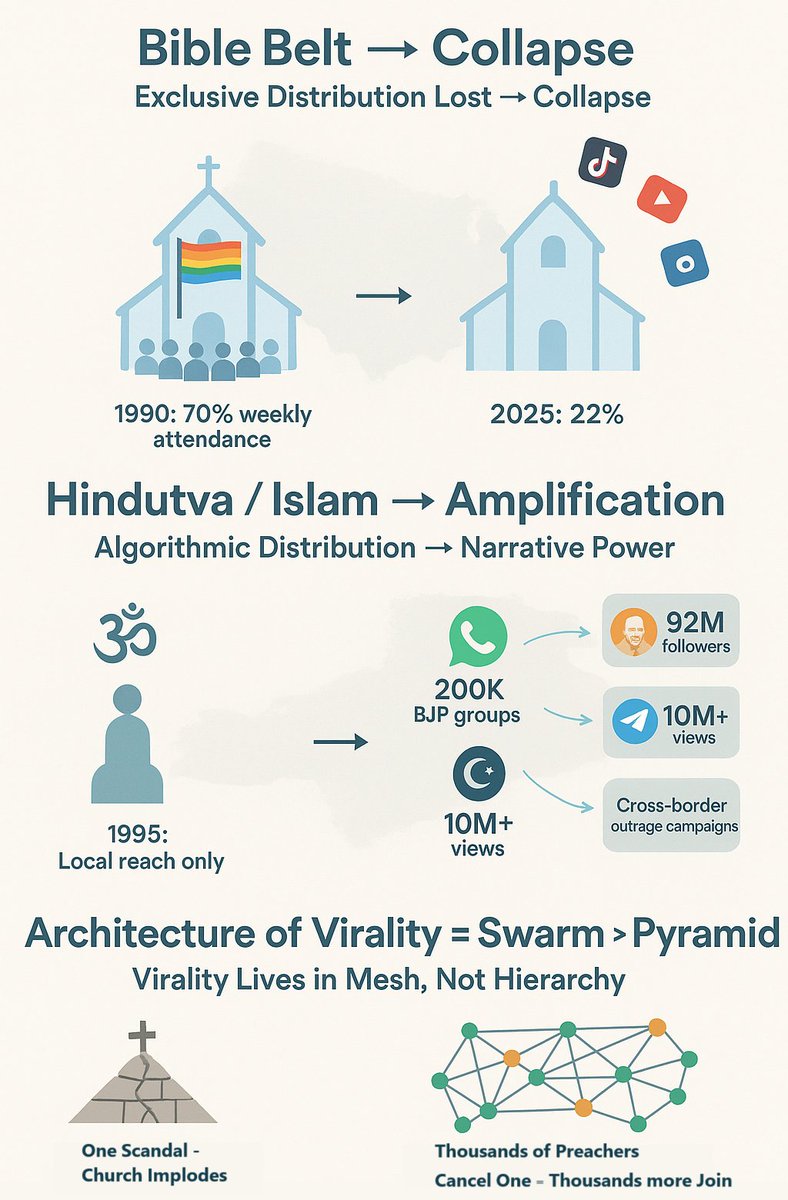1. Drew Dunlap – early high school 🎓💔
Song: “Tim McGraw” 🎶
A wistful goodbye to a summer love ending as he leaves for college; she hopes hearing “Tim McGraw” will always remind him of her.
2. Jordan Alford – high school ex 🚗🔥
Song: “Picture to Burn” 🔥
Fiery break-up anthem aimed at a cocky, lying redneck ex; she gleefully lists every reason she’s torching the memory of him.
3. Sam Armstrong – cheated on her 💔🚫
Song: “Should’ve Said No” 🚫
A scathing call-out to the boyfriend who cheated; the chorus hammers home that a simple “no” could have saved them both.
4. Joe Jonas – summer 2008 ☎️🎤
Song: “Forever & Always” ⏱️
Rapid-fire piano pop that captures the sting of his 27-second break-up phone call and the whiplash of promises turned to dust.
5. Taylor Lautner – late 2009 ❄️🦋
Song: “Back to December” ❄️
A rare apology song; she regrets letting a sweet, caring guy slip away and wishes she could rewind to the snowy night she hurt him.
6. John Mayer – late 2009/2010 🎸🕳️
Song: “Dear John” 🎤
Slow-burning six-minute takedown of an older, manipulative ex who strung her along with twisted mind games.
Song: “The Story of Us” 📖 also reflects the fallout.
7. Jake Gyllenhaal – late 2010 🧣🍂
Song: “We Are Never Ever Getting Back Together” 🚪
Bubbly, chant-along pop kiss-off to his yo-yo romance; she slams the door on their endless on-and-off cycle.
Song: “All Too Well” 🧣 dives into the raw heartbreak of their brief but searing relationship.
8. Conor Kennedy – summer 2012 🏞️☕
Song: “Begin Again” 🌅
Gentle café-ballad about cautiously opening her heart to a new guy after the bruises of past love.
9. Harry Styles – late 2012–early 2013 🌪️✨
Song: “Style” 😎
Sleek, synth-laced ode to the magnetic pull she still feels for a stylish ex whose “James Dean” looks and reckless charm keep them orbiting back.
Song: “Out of the Woods” 🌲 chronicles the anxiety and turbulence of their whirlwind romance.
10. Calvin Harris – 2015–June 2016 🎧💔
Song: “I Don’t Wanna Live Forever” 🌙
Brooding duet about craving an ex who’s already moved on; mirrors the messy end with him.
Song: “Getaway Car” 🚗💨 (indirectly) tells how she used a rebound to escape this relationship, only to crash later.
11. Tom Hiddleston – June–Sept 2016 🎭🇬🇧
Song: “Getaway Car” 🏎️
Noir-ish story of using a rebound fling to escape another relationship and realizing the getaway car always crashes.
12. Joe Alwyn – 2016–early 2023 🇬🇧❤️
Song: “Lover” 💍
Dreamy, romantic waltz that paints six years together as a golden, private world built for two.
Song: “Cruel Summer” ☀️ channels the delirious thrill of falling for him in secrecy.
Song: “So Long, London” 🌧️ is a haunting elegy to the quiet unraveling of their relationship; she walks alone through the city that once felt like home.
13. Matty Healy – May–June 2023 fling 🎤🥀
Songs: The Tortured Poets Department ✒️📜
Lyrically dense and conflicted, reflecting a whirlwind fling full of chaos, self-destruction, and fascination.
14. Travis Kelce – late 2023–present 🏈✨
Engaged soon to be Husband
Song: “The Alchemy” 🏆
Packed with football metaphors (touchdowns, trophies, winning streaks) mirroring his Super Bowl season and their budding romance.
Song: “So High School” 🏫🎸
Nostalgic pop-rock rush that captures the giddy, teenage-movie vibe of their early days together, complete with a playful nod to Kelce’s old “marry-kiss-kill” interview answer about her.







